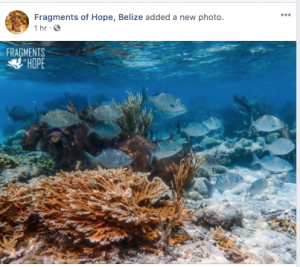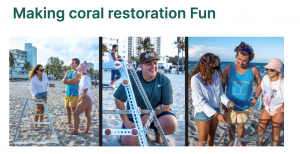 ReefVitalize is a new endeavour which, as I understand it from what I have read, seeks to help restore coral reefs while being self-sustaining economically and contributing to local well-being economically and socially.
ReefVitalize is a new endeavour which, as I understand it from what I have read, seeks to help restore coral reefs while being self-sustaining economically and contributing to local well-being economically and socially.
The main activity of ReefVitalize is the coral frame building activity where a coral frame is getting built by the tourists, corals get attached to it, and then the frame is exposed to the reef. After six months to one year, the corals are getting exposed to the wild reef. The corals get taken off, and the frame can get reused for new corals, which means that there is a consistent cycle of taking young corals, growing them and moving them out to wild reefs. This is helping restore local ecosystems and entire reefs.
…ReefVitalize was founded in 2020, but due to Covid-19, operations were minimal until 2022. So far, the startup operates on two islands – the US Virgin Islands and Barbados.
Read more in Making coral restoration Fun by Heinrich et al. on AIM2flourish.com (accessed 12May2023)
—
UPDATE same day: I suspected the ReefVitalize folks had contacted and were interacting with folks at CORALL; I was pleased to confirm that is so.

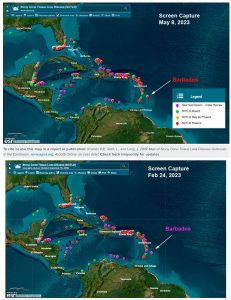
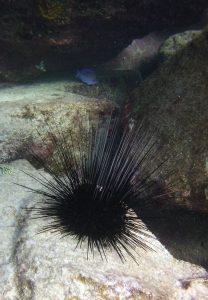
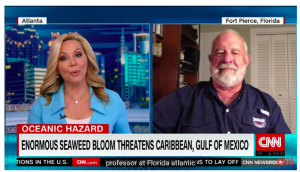

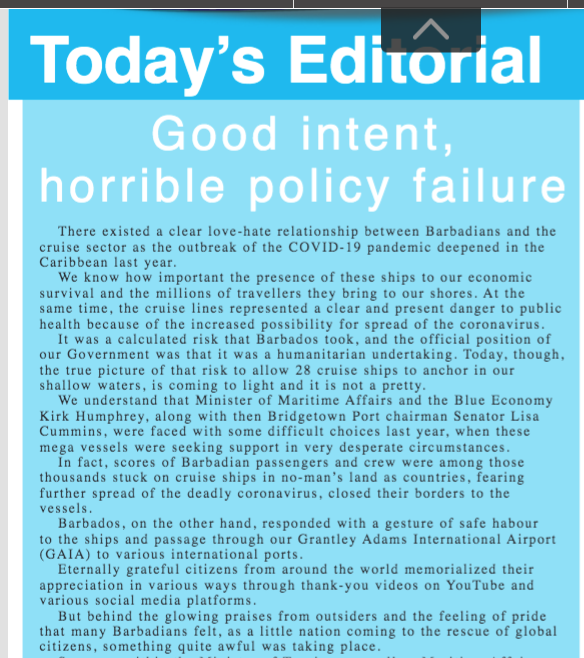

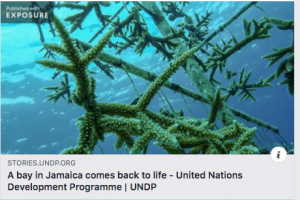 View
View 